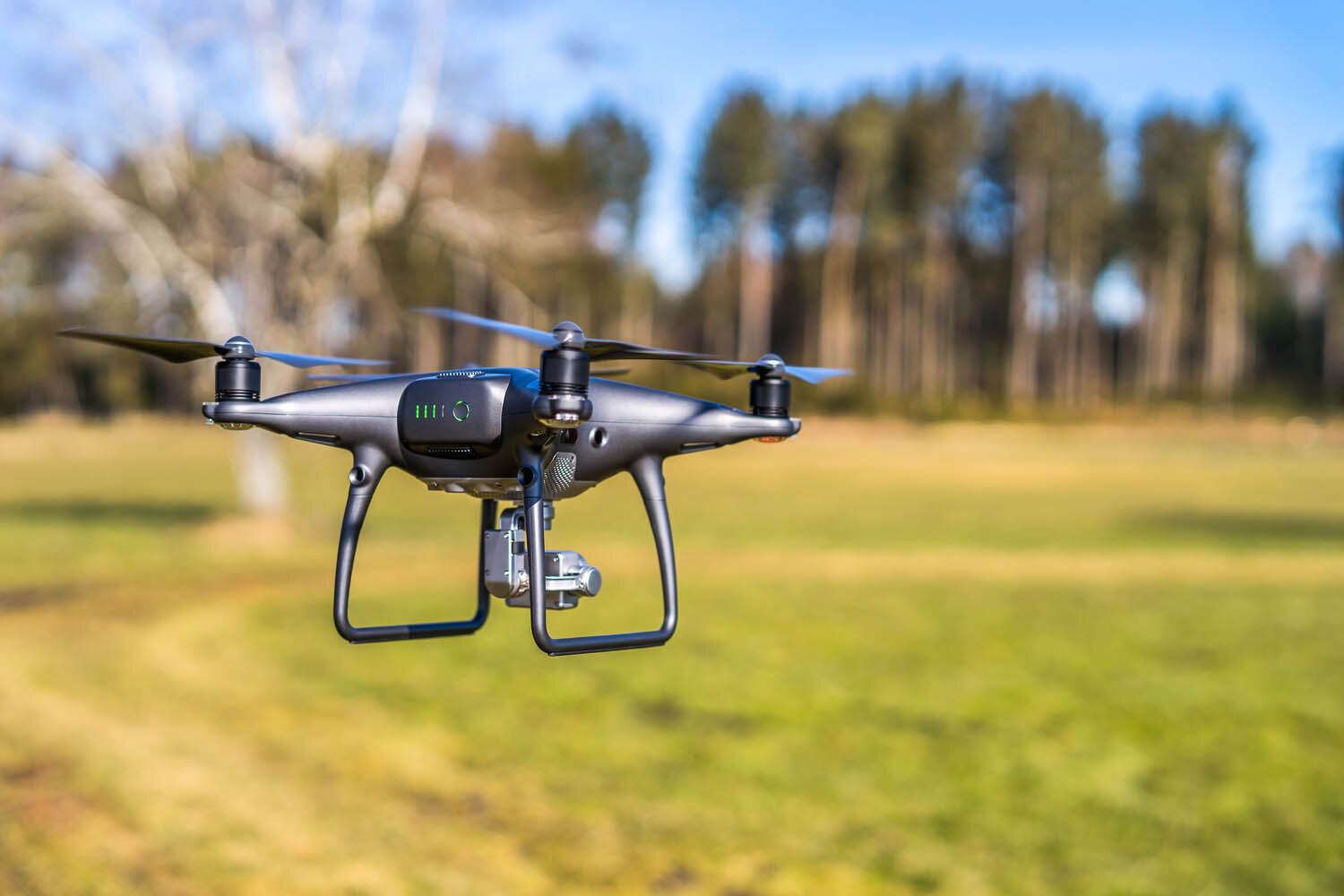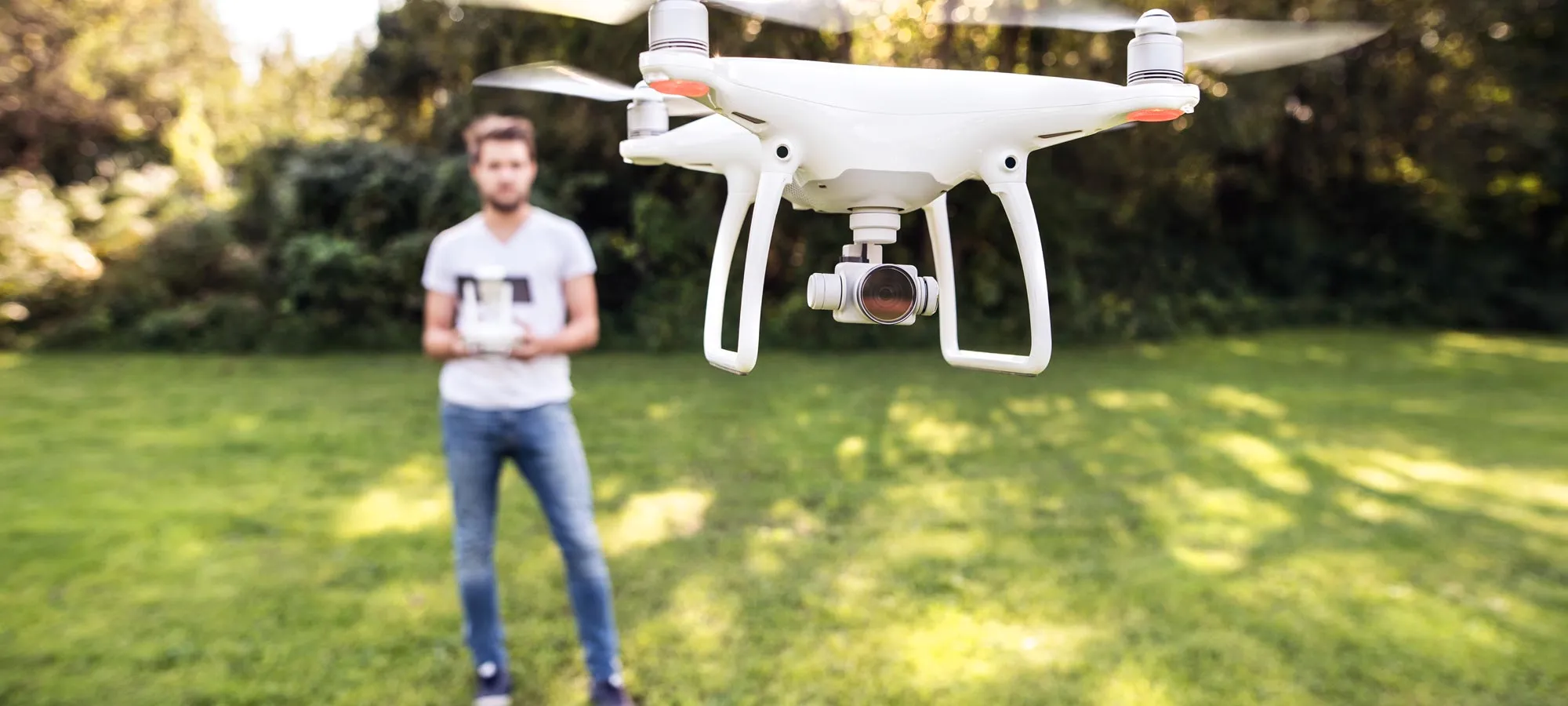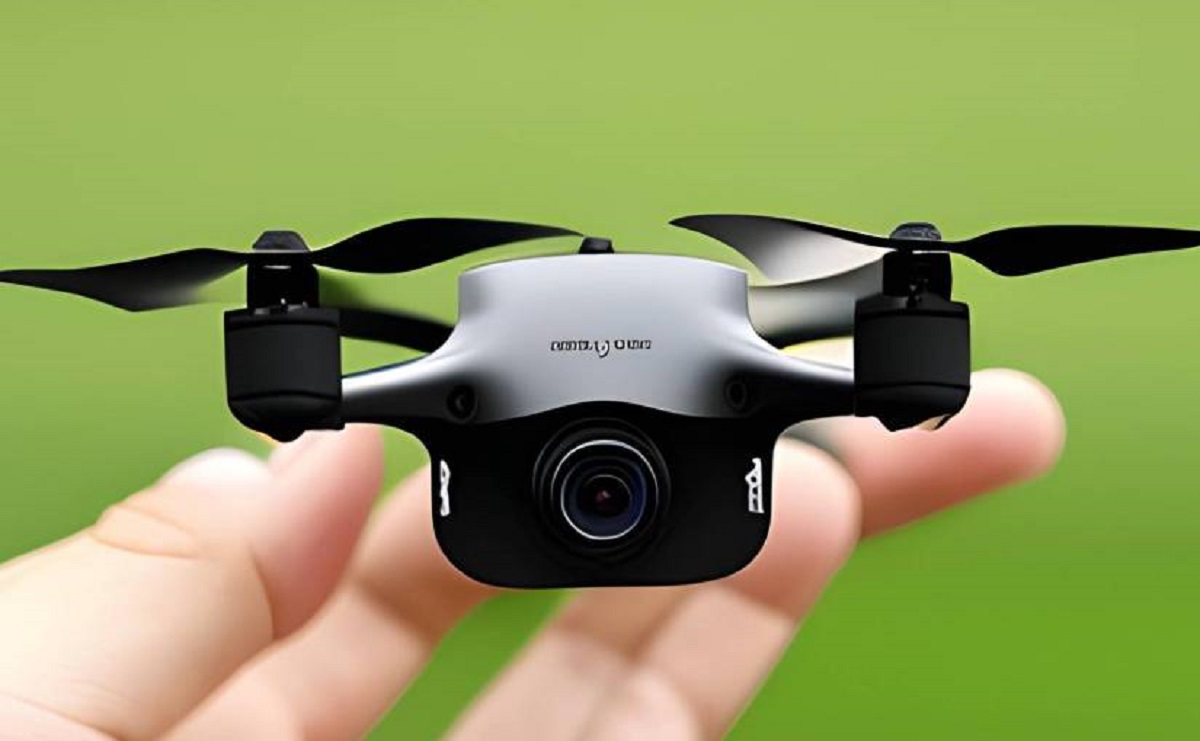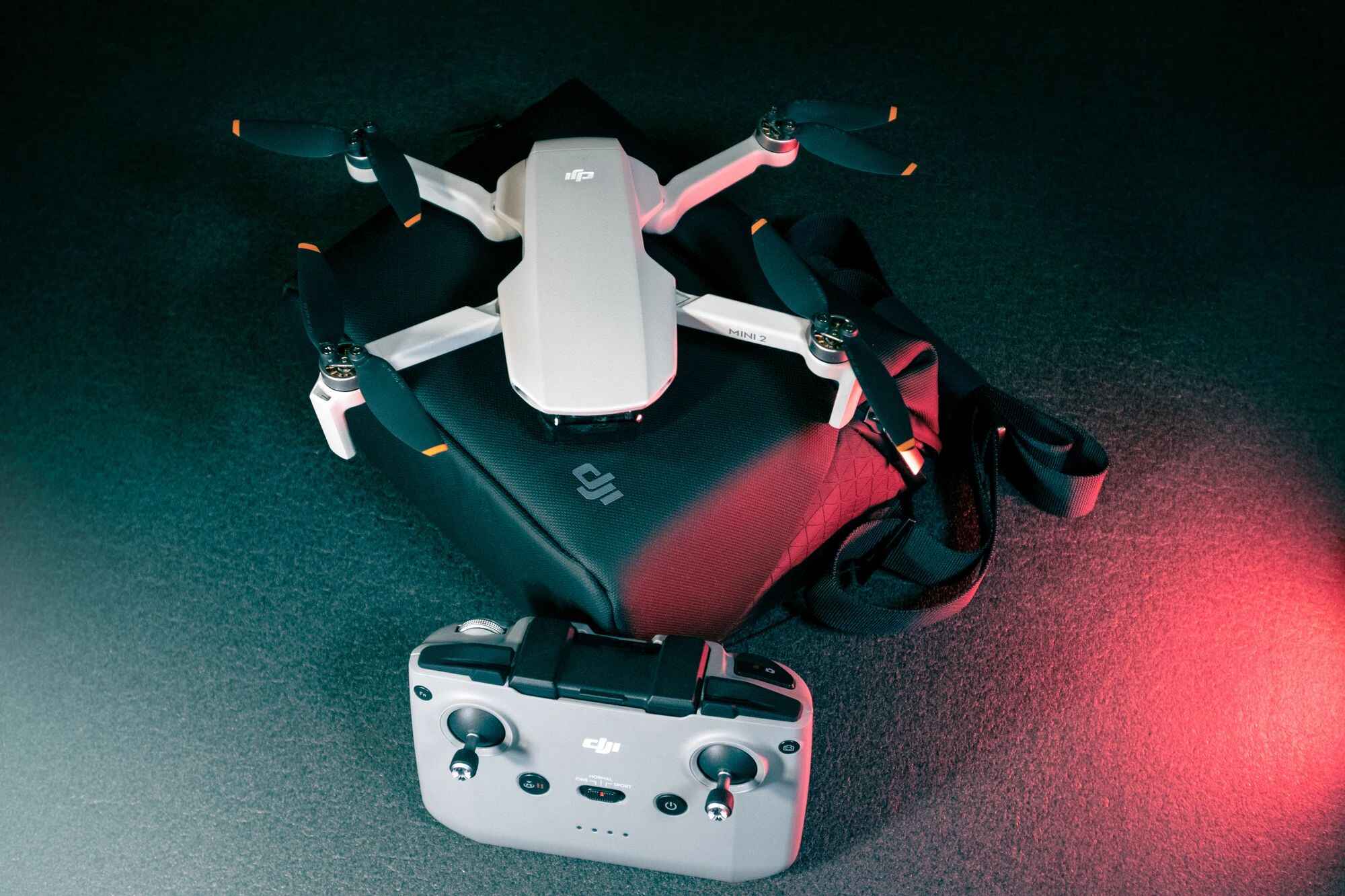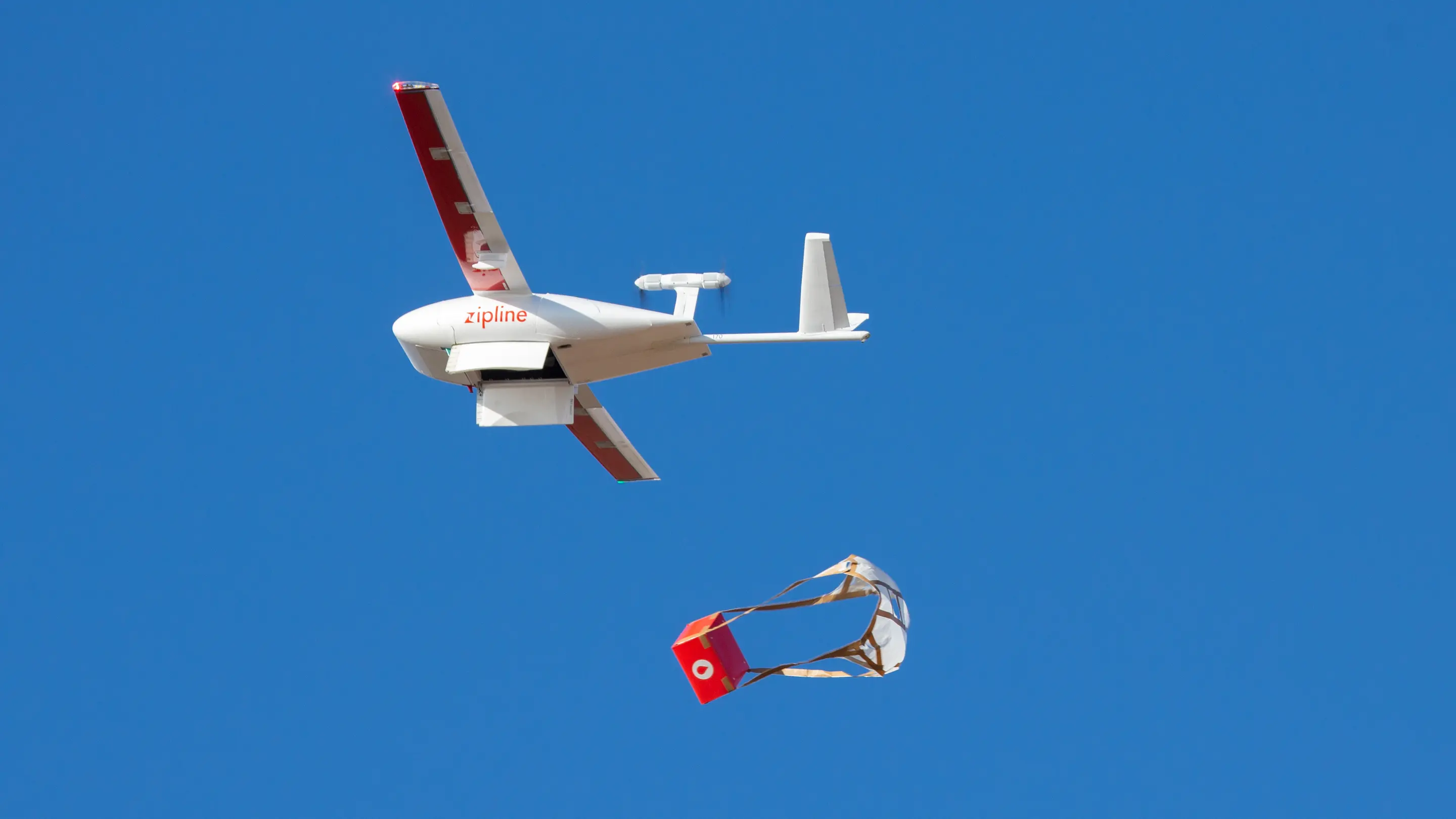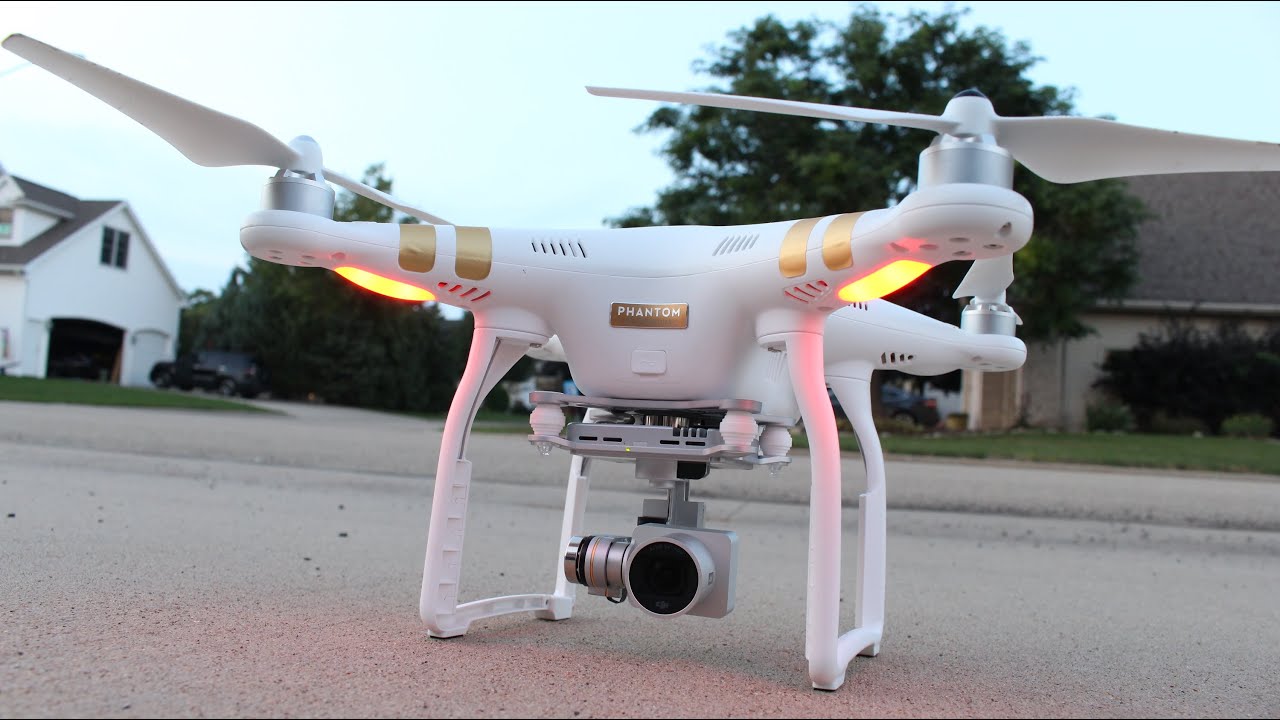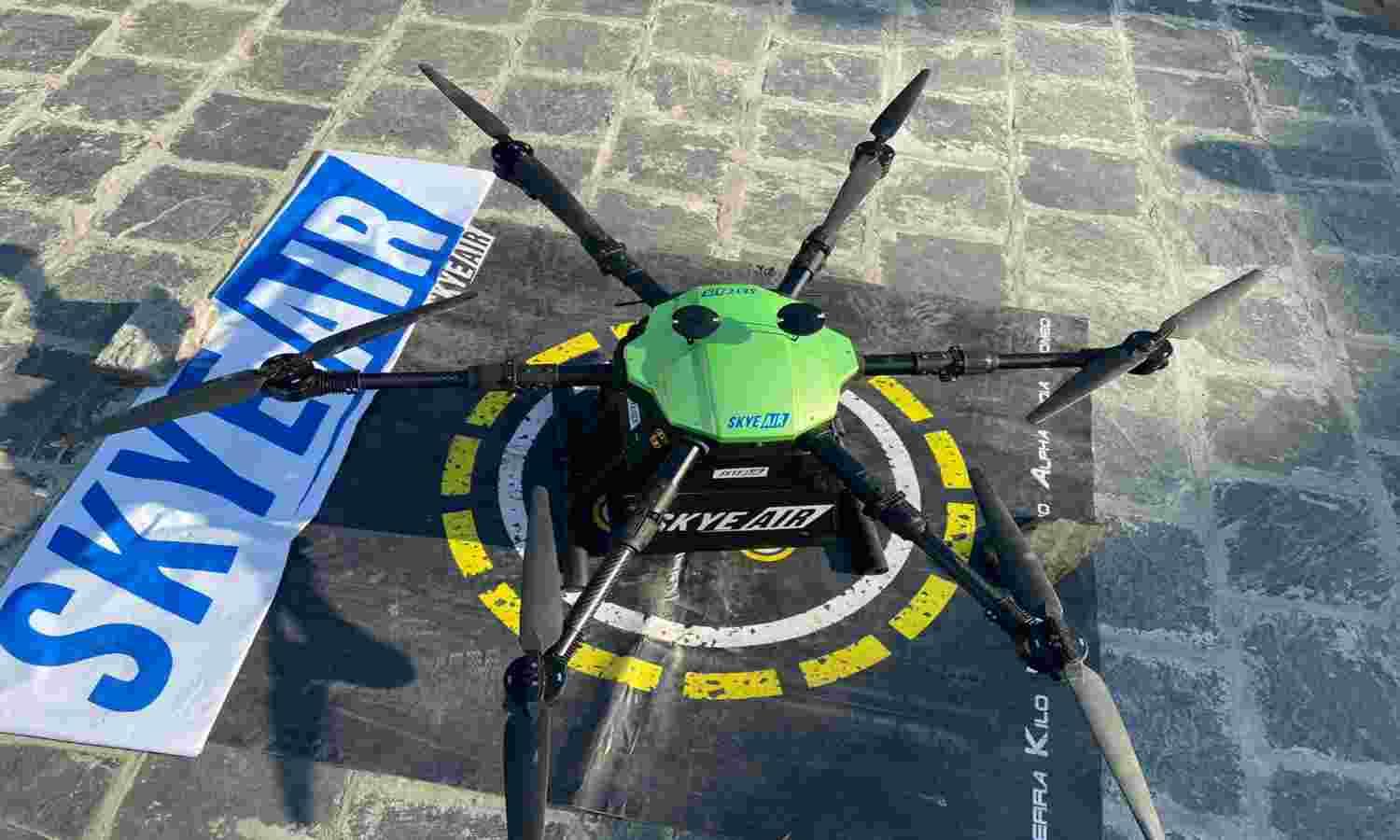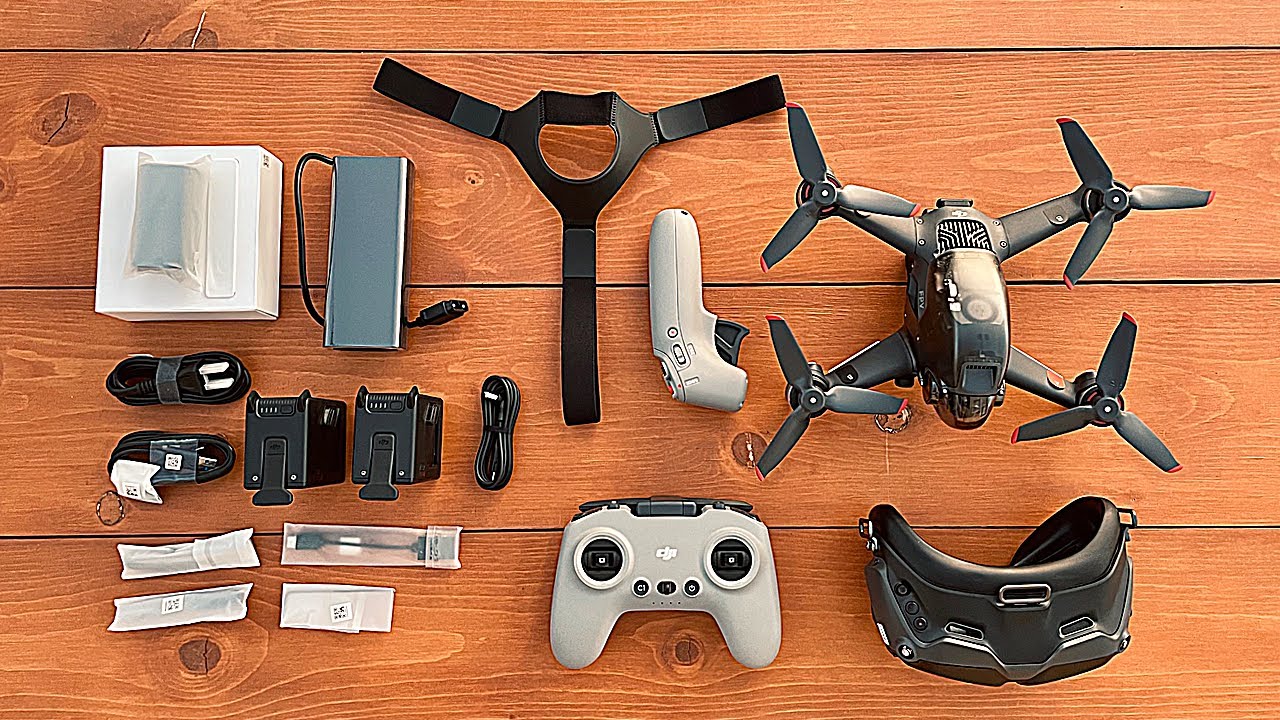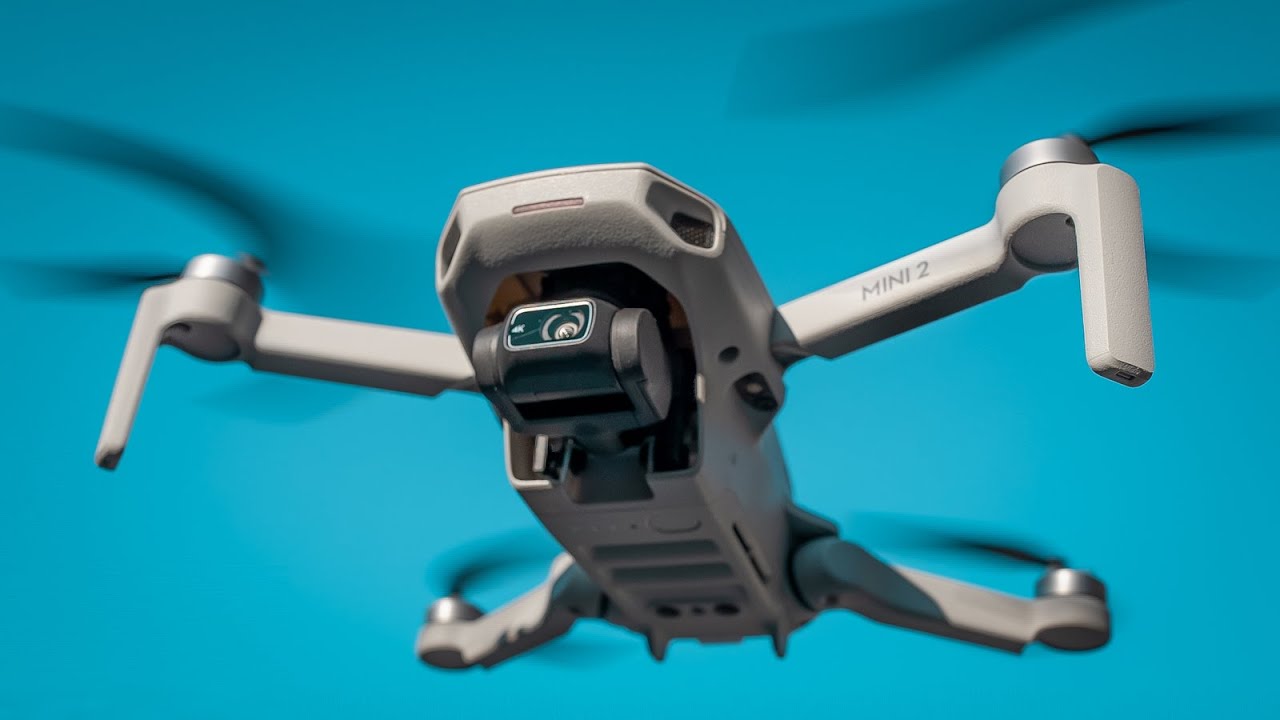National Parks
When it comes to flying camera drones, there are certain restrictions and no-fly zones that enthusiasts need to be aware of. One such area where drone flight is prohibited is within the boundaries of national parks. These natural havens are home to diverse ecosystems and wildlife, and flying drones can disrupt the tranquility and endanger the inhabitants. Additionally, the noise and visual disturbance caused by drones can detract from the experience of other visitors who come to enjoy the unspoiled beauty of these protected areas.
Moreover, the potential for accidents and collisions poses a significant risk to both wildlife and park visitors. The Federal Aviation Administration (FAA) has implemented strict regulations to safeguard these delicate environments, and it is crucial for drone operators to adhere to these guidelines. Violating these restrictions can result in hefty fines and legal consequences, making it imperative for drone pilots to prioritize environmental conservation and respect the rules set forth by the authorities.
For drone enthusiasts seeking to capture stunning aerial footage, it is essential to research and comply with the specific regulations of each national park. While some parks may permit drone use in designated areas with the proper permits, others maintain a complete ban on drone flights. By understanding and respecting these restrictions, drone operators can contribute to the preservation of these natural wonders and ensure that future generations can continue to enjoy their unspoiled grandeur.
Military Bases
Drone flight is strictly prohibited in the vicinity of military bases due to security concerns and potential risks to personnel and equipment. Military installations are highly sensitive areas where any unauthorized aerial activity is viewed as a serious threat. The presence of drones near these facilities can compromise security measures and raise alarms, leading to swift and decisive intervention by military personnel.
Unauthorized drone flights near military bases can result in severe legal repercussions, as well as the confiscation of the drone and other equipment. Additionally, the use of drones for espionage or surveillance purposes near these installations is a punishable offense under federal law. It is crucial for drone operators to exercise extreme caution and respect the boundaries of military bases to avoid endangering lives and facing serious legal consequences.
Furthermore, the advanced security systems employed by military bases can detect and track unauthorized drones, leading to swift intervention by security personnel. This can pose a significant risk to both the drone operator and the surrounding community. By adhering to the strict no-fly zones around military bases, drone enthusiasts can demonstrate their commitment to national security and contribute to maintaining the safety and integrity of these vital installations.
Airports and Airspace
One of the most critical no-fly zones for camera drones is the airspace surrounding airports. The Federal Aviation Administration (FAA) has established strict regulations to ensure the safety of manned aircraft and prevent potential collisions with drones. Flying drones near airports poses a significant risk to aviation safety and can lead to catastrophic accidents. As a result, drone operators must adhere to the prescribed no-fly zones and altitude restrictions to mitigate the risk of interference with airport operations.
It is essential for drone pilots to familiarize themselves with the airspace classifications and flight restrictions in the vicinity of airports. Failure to comply with these regulations can result in severe penalties and legal consequences. Additionally, the presence of drones near airport runways can disrupt flight operations and pose a threat to the traveling public, leading to significant disruptions and delays.
Moreover, airports are equipped with sophisticated radar and monitoring systems designed to detect and track unauthorized drone activity. This enables airport authorities to swiftly address potential security threats and ensure the safety of airspace. By respecting the no-fly zones around airports and adhering to the established regulations, drone enthusiasts can contribute to the safe and efficient functioning of the aviation industry while avoiding legal infractions and safeguarding public safety.
Government Buildings
Drone flights are strictly prohibited in the vicinity of government buildings and facilities, including landmarks, monuments, and official structures. The restricted airspace around these sites is established to safeguard national security and prevent potential threats or disruptions. Unauthorized drone activity near government buildings can raise security concerns and lead to the deployment of law enforcement personnel to address the situation promptly.
It is imperative for drone operators to respect the designated no-fly zones around government buildings and adhere to the prescribed altitude restrictions. Violating these restrictions can result in legal repercussions and pose a significant risk to public safety. Additionally, the use of drones for surveillance or reconnaissance near government facilities is strictly prohibited and can lead to severe legal consequences under federal law.
Furthermore, government buildings are often located in densely populated areas, and the presence of drones in these spaces can cause public alarm and disrupt normal activities. The potential for accidents or unauthorized photography and surveillance raises significant security concerns, necessitating strict adherence to the established regulations. By respecting the no-fly zones around government buildings, drone enthusiasts can contribute to upholding national security measures and maintaining the integrity of these vital institutions.
Sporting Events and Concerts
Drone flights are strictly prohibited over and near sporting events and concerts due to safety and security concerns. The presence of drones in these crowded and dynamic environments poses significant risks to both the audience and the performers. The potential for accidents, collisions, and disruptions to the event poses a serious threat to public safety and can lead to legal repercussions for the drone operator.
Furthermore, the use of drones for unauthorized photography or surveillance at these events raises privacy and security concerns. The Federal Aviation Administration (FAA) has established strict regulations to prevent the unauthorized use of drones in these settings, and violating these restrictions can result in severe penalties and legal consequences. Additionally, the noise and visual disturbance caused by drones can detract from the overall experience of spectators and performers, impacting the enjoyment and safety of the event.
Moreover, the presence of drones near sporting events and concerts can interfere with official event photography and broadcasting, leading to disruptions and potential legal issues. Event organizers and authorities work diligently to ensure the safety and security of participants and attendees, and unauthorized drone activity undermines these efforts. By respecting the no-fly zones around sporting events and concerts, drone enthusiasts can contribute to the safe and enjoyable experience of all participants while avoiding legal infractions and safeguarding public safety.
Emergency Response and Disaster Recovery Operations
During emergency response and disaster recovery operations, the use of camera drones is strictly regulated and often prohibited in the affected areas. These critical situations require the undivided attention of first responders, law enforcement, and other authorized personnel, and the presence of drones can impede their efforts and compromise the safety and privacy of individuals in distress.
The Federal Aviation Administration (FAA) enforces strict restrictions on drone flights in disaster zones to prevent interference with aerial and ground-based rescue operations. Unauthorized drone activity in these areas can disrupt the deployment of emergency services and hinder the swift and efficient delivery of aid to those in need. Additionally, the potential for collisions with manned aircraft and interference with official rescue efforts poses a significant risk to the safety and well-being of both responders and survivors.
Furthermore, the use of drones for unauthorized photography and surveillance in disaster-stricken areas raises privacy and security concerns and can compromise the dignity and privacy of individuals affected by the crisis. It is essential for drone operators to respect the established no-fly zones and adhere to the directives of emergency response authorities to ensure the safety and effectiveness of rescue and recovery operations.
By complying with the regulations and restrictions on drone flights in disaster zones, drone enthusiasts can contribute to the seamless and efficient execution of emergency response efforts while respecting the privacy and dignity of those affected by the crisis. Additionally, adhering to the prescribed guidelines helps to prevent disruptions and ensure the safety and well-being of all individuals involved in the recovery process.







